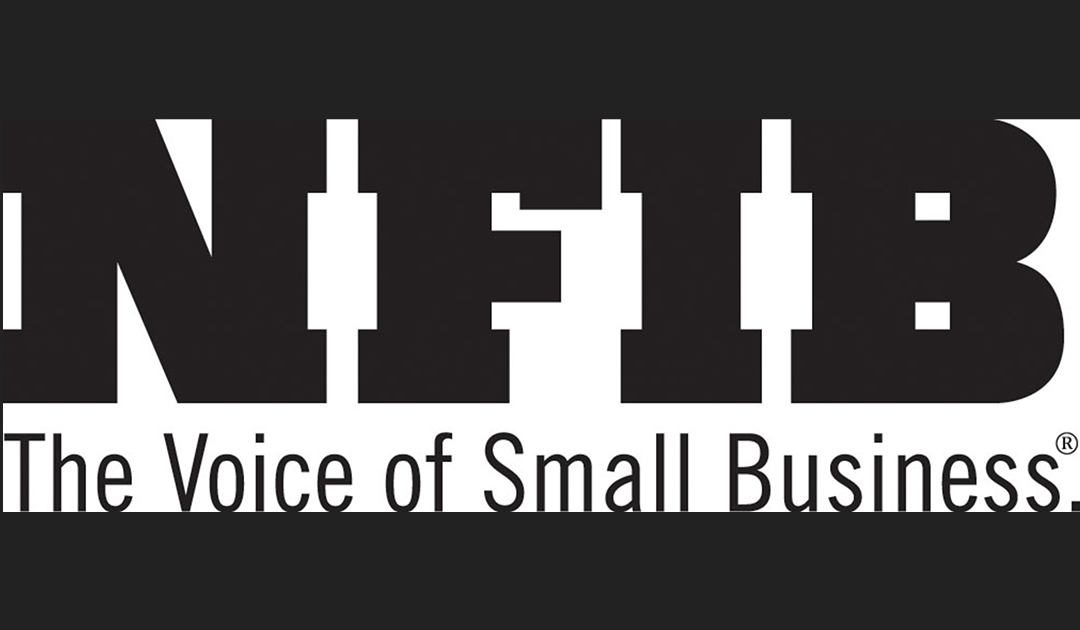Business Inflation Worries Highest since 1981
According to the latest bellwether measurement of the nation’s Main Street economy inflation is rapidly muscling employee- shortages and supply chain disruptions aside, as a top worry of small-business owners.
The Small Business Economic Trends report (aka the Optimism Index), released monthly by the National Federation of Independent Business (NFIB), found 22 percent of small-business owners reporting inflation as their single most important business problem, unchanged from December when it reached the highest level since 1981. The net percent of owners raising average selling prices increased four points to a net 61 percent, the highest reading since the fourth quarter of 1974.
“Our Optimism Index is a national snapshot not broken down by state,” said Ronda Wiggers, Montana state director for NFIB. “While worries of inflation, supply chain disruptions, and in some cases, retail theft, seem evenly spread throughout the nation, states do have some differences and ours now is skewed more toward worker shortages, especially in the restaurant and hospitality industries. As the Economy at a Glance report for December, put out by Montana Department of Labor & Industry, ‘Long-term demographic shifts have reduced growth in the labor supply for over a decade, while short-term disruptions from the pandemic have temporarily reduced hours and availability for some worker groups.’ How we deal with that will be quite a policy accomplishment.”
NFIB Chief Economist Bill Dunkelberg said, “More small business owners started the New Year raising prices in an attempt to pass on higher inventory, supplies, and labor costs. In addition to inflation issues, owners are also raising compensation at record high rates to attract qualified employees to their open positions.”
Key findings include:
* One of the Index components improved, seven declined, and two were unchanged.
* Owners expecting better business conditions over the next six months increased two points to a net negative 33 percent. Small business owners remain pessimistic about future economic conditions as this indicator has declined 13 points over the past six months.
* Forty-seven percent of owners reported job openings that could not be filled, a decrease of two points from December.
* Inventory accumulation plans fell five percentage points.
As reported in NFIB’s monthly jobs report, a net 50 percent reported raising compensation, a 48-year record high reading. A net 27 percent plan to raise compensation in the next three months. Eleven percent of owners cited labor costs as their top business problem and 23 percent said that labor quality was their top business problem.
Owners’ plans to fill open positions remain at record high levels, with a net 26 percent planning to create new jobs in the next three months, down two points from December and just six points below the highest reading in the 48-year history of the survey set in August.
Fifty-eight percent of small business owners reported capital outlays in the last six months, up one point from December. Of those owners making expenditures, 40 percent reported spending on new equipment, 22 percent acquired vehicles, 15 percent improved or expanded facilities, 8 percent acquired new buildings or land for expansion, and 15 percent spent money for new fixtures and furniture.
Seasonally adjusted, 2 percent of all owners reported higher nominal sales in the past three months. The net percent of owners expecting higher real sales volumes decreased by six points to a net negative 3 percent.
The net percent of owners reporting inventory change increased two points to a net 9 percent. Eighteen percent reported increases in stocks while 15 percent reported reductions. Thirty-six percent of owners report that supply chain disruptions have had a significant impact on their business. Only 9 percent report no impact from recent supply chain disruptions.
The net percent of owners raising average selling prices increased four points to a net 61 percent, the highest reading since the fourth quarter of 1974. Price raising activity over the past 12 months has continued to escalate, reaching levels not seen since the early 1980s.
Five percent of owners reported lower average selling prices and 62 percent reported higher average prices.
The frequency of reports of positive profit trends decreased three points to a net negative 17 percent.
Three percent of owners reported that all their borrowing needs were not satisfied. Twenty-five percent reported all credit needs met and 62 percent said they were not interested in a loan.
The NFIB Research Center has collected Small Business Economic Trends data with quarterly surveys since the 4th quarter of 1973 and monthly surveys since 1986. Survey respondents are randomly drawn from NFIB’s membership, who actually own a business.


0 comments